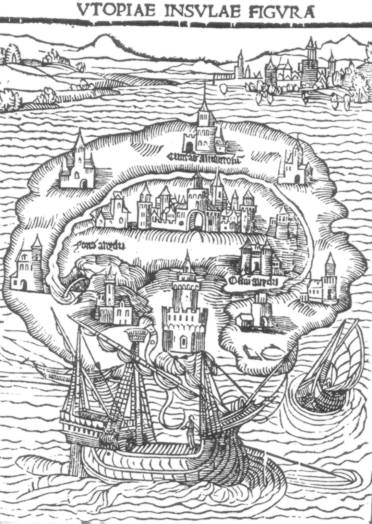
Class 8: Walking away…?
November 26, 2020Talking about Ursula K Le Guin’s short story The One’s Who Walk Away From Omelas always brings some surprises and new ways of looking at the world and ourselves. We began, as usual, by considering the context and the time in which the story was written, the US in the early 1970s: The Vietnam war is in full flight; the Civil Rights movement remains active with demonstrations and race riots; the Watergate Crisis leads to Nixon’s resignation; terrorist activity in pursuit of political goals emerges around the world; the cold war between the US and Soviet Union is raging quietly; the oil crisis leads to severe shortages of petrol in the West; flower power and the hippie lifestyle were presented as idealistic anti-violence alternatives to post-war society norms. In sum, the apparently idyllic sixties were over and a new realisation around the challenges of global society was about to dawn on the Western world.
The opening of Le Guin’s story is clearly drawn from the hippie movement and festivals such as Woodstock in 1969. The Eden-like city of Omelas and its surrounding hinterland is presented as a form of Utopia. However, our contemporary familiarity with perfect places in fiction (since Thomas More’s publication of Utopia in 1516) has led to it becoming a trope – we are immediately suspicious: alert to the revelation of a flaw in this seeming idyll.
The form of the story is also interesting to explore more deeply. While clearly allegorical the narrative is open to many interpretations. Is it describing contemporary society? Perhaps it is a retelling of the Adam and Eve mythology? Maybe the fundamental paradox of the human condition is at the heart of the story? Le Guin shifts the perspective of the narrative from third person to first person throughout. She also ‘breaks the fourth wall’ by addressing the reader directly on several occasions; disrupting the illusion by suggesting that the story might become more believable through the introduction of the dark twist:
Do you believe? Do you accept the festival, the city, the joy? No? Then let me describe one more thing.
The story also has some bold philosophical propositions weaved into the text. It is never clear if they are held by Le Guin herself, or merely the narrator… just as it is never clear what the relationship between author and narrator might be. Is Le Guin proposing fundamental truths about human nature and society?
Happiness is based on a just discrimination of what is necessary, what is neither necessary nor destructive, and what is destructive.
Her fiction was influenced by cultural anthology, feminism and Eastern spiritual philosophy and explored gender and sexuality (The Left Hand of Darkness, 1969), political systems (The Dispossessed, 1974) and moral development. The final twist in this story presents a stark moral dilemma which Le Guin characterises in the decision of some citizens to walk away from the land of plenty.
We wondered if we were presented with the choice would be stay or go. Would our complacency and moral ambiguity lead us to accept the justifications for keeping the child in the cellar or would we have the courage to walk away? It is interesting to note that the option of remaining in Omelas and seeking change seems to be ruled out in the story but, does that mean it is ruled out for us in our lives?
Ultimately, it may be that the purpose of the story is to have us consider our own personal responsibilities as members of the human race.

Leave a comment